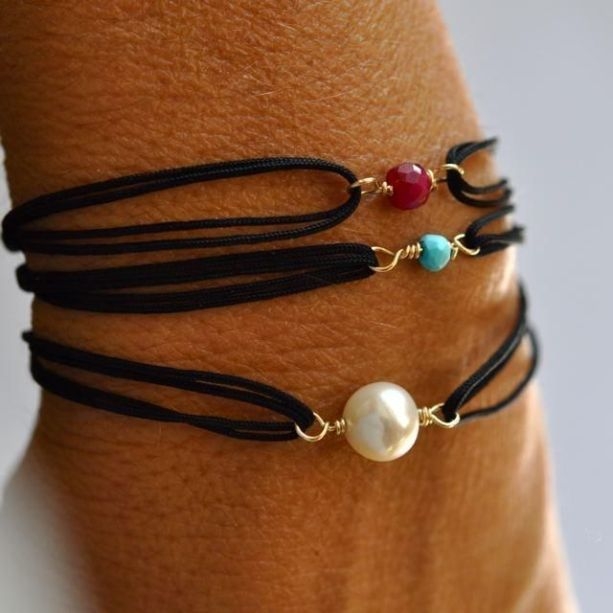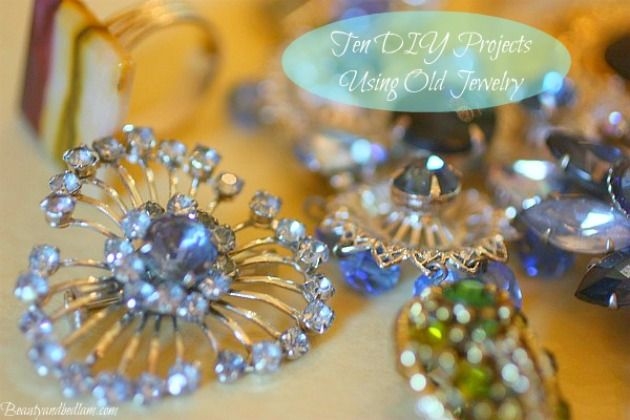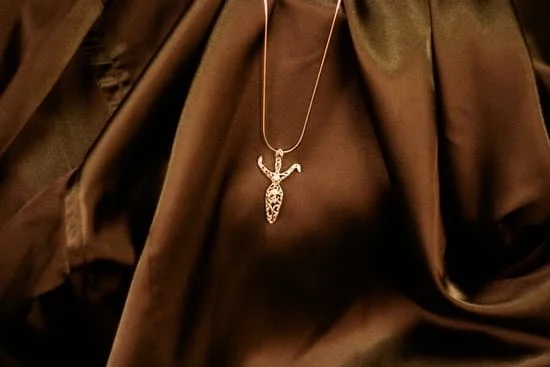Introduction
East Asia and Africa both have a long history of jewelry-making and crafting precious stones. The art of jewelry-making dates back thousands of years in East Asia, with records describing jewelry from the Neolithic period to the Shang Dynasty. Chinese jade was especially prized, being used to make everything from religious artifacts to pieces to adorn the clothes and bodies of powerful rulers. Today, South Korea is considered one of the major centers for producing quality jewelry and gems.
In Africa, traditional adornment dates back to ancient civilizations like Ancient Nubia, where men and women wore ornate jewelry made from various materials such as gold and various stone beads. Jewelry served as a signifier of status or identity depending on who was wearing them during particular eras in pre-colonial African kingdoms. In modern African countries, people continue to craft beautiful pieces with handcrafted techniques that often draw inspiration from traditional African styles during different eras. These modern artisans also utilize unique materials such as indigenous metals or horns to create unique statement pieces that are deeply tied to a specific region’s culture, beliefs and values.
Although having similar histories and traditions, East Asia has become increasingly prominent in the global fine jewelry market due to its focus on higher-end production techniques like precise cutting, advanced design technology, and intricate detail work in creating more sophisticated pieces than those found in African communities. As well as benefiting from larger markets for costumers willing to pay for luxury items like rare gemstones, East Asian pieces generally come at higher prices than their African counterparts.
Comparison
East Asian jewelry and precious stones have a distinct style, design and manufacturing technique. Preferred materials are generally gold, silver, jade, amber, coral, crystal and pearls. Oftentimes they contain designs with religious motifs or scenes from popular lore. The primary focus of the pieces is aesthetic beauty over durability or functionality- they are crafted more as objects of beauty than traditional pieces of clothing or practical accessories.
African jewelry and precious stones have been around for centuries and have been produced in many different styles. Traditional beads can range in shades of yellow ochre to bright orange or even green and blue. Design patterns typically speak to ancient African belief systems, with symbols conveying cultural values like strength, power and good fortune. Ocean shells and animal skins were used to create jewelry for spiritual offerings as well as everyday wear. Originating from handcrafted techniques in small scale workshops with limited tools and materials gave rise to highly intricate yet durable pieces spanning a variety of designs including figures, animals/plants as well as abstract artworks – each has its own story based on region, tribe/clan/family roots or historical event. As a result these African jewels are considered unique works of art treasured for their craftsmanship as much as their intrinsic value – using natural elements such as copper wire weaving combined with metalsmithing processes involving fire-drawing to form dramatic patterns giving the jewelry its lasting appeal.
Quality
East Asian jewelry and precious stones offer a higher quality than African ones due to rigorous manufacturing and crafting processes. East Asian craftspeople, in particular, are known for using particularly patterned and intricate methods in order to create beautiful pieces. Furthermore, these craftsmen use only top-grade materials such as gold, silver, jade, and diamonds for their work. This high level of attention to detail results in jewelry that is durable, unique, and aesthetically pleasing to look at.
In addition, many East Asian countries employ strict grading systems that classify gems according to their size and purity. The result is that buyers can reliably purchase only the highest-quality stones when they choose East Asia as their supplier. Additionally, the region’s long history of exporting jewelry has made it one of the most reliable sources of gemstones around the world—their reputation is strong enough that even buyers who know little about gemstones can rely on them with confidence. Finally, since the region’s manufacturers often produce pieces with greater clarity than those sold elsewhere in the world—despite being cut more intricately—the resulting product has more value for both retailers and consumers alike.
Rarity
East Asian jewelry and precious stones are typically more rare than those from Africa due to their geographic location. East Asia is generally a much smaller area of land with fewer resources compared to the vast continent of Africa, which restricts the availability of these gems. Furthermore, East Asian countries such as China and Japan have traditionally served as some of the major sources for gemstones since ancient times. This means that most of the high-quality gemstone mining operations in East Asia occurred some time ago and thus do not produce nearly as large quantities, particularly when considering the breakneck advancements in technology over the last century or so.
Aside from rarity, it’s also important to look at factors that make East Asian Jewelry and Precious Stones even more desirable than those from Africa. One appealing aspect often cited by jewelers is the artistry associated with many pieces crafted by a longstanding tradition in China that involves handcrafted intricate designs made with metals like gold and silver. Additionally, Chinese rubies tend to be prized over rubies harvested elsewhere due to their especially deep red hue that makes them unique and stand out among other gemstones when set into jewelry. With this combination of scarcity and artistry, it’s easy to see why East Asian Jewelry and Precious Stones remain some of the most highly sought-after items on the market today.
Popularity
East Asian jewelry and precious stones are often regarded as more valuable than their African counterparts for a number of reasons. Firstly, much of the East Asian jewelry is handmade using high-quality materials and crafted to be exceptionally intricate. They also tend to have bright colors and patterns which have become popular among many consumers. Jewelry from this region is also known for its delicacy, allowing for incredibly slim pieces with exceptional detail, making them appear more delicate than their African counterparts.
In addition to the high quality of craftsmanship, East Asian jewelry also has deep cultural significance to those who wear it in that region. Many cultures assign specific meaning to certain pieces or styles of jewelry such as the hamsa hands seen in many Indian designs or the Koi Fish used by many Chinese families. This type of symbolism behind jewelry has become increasingly appreciated on a global scale, furthering its appeal.
Finally, consumers who admire East Asian design also tend to value trends within this fashion style as well as support new designers who create innovative pieces that can span decades and centuries alike. In Mainland China specifically, there is an unprecedented trend known as “xiǎo shí sì” (小时候) which encourages people to buy traditional jewelry in tribute to the nation’s history while creating something modern at the same time. As a result of these factors and more, East Asian jewelry continues to remain highly sought after today!
Value and Durability
The main reason why East Asian jewelry and precious stones have more value and are more durable than African counterparts is because of the material quality. East Asian countries tend to invest in higher quality materials for their products, resulting in pieces that last longer and hold higher value. In addition, the craftsmanship used with East Asian jewelry and precious stones is often of a higher standard, meaning these pieces require less maintenance over time. As a result of this attention to detail, it is extremely rare to encounter an authentic piece from East Asia which has been subjected to damage or wear.
In contrast, African jewelry and precious stones generally lack the same level of quality surrounding their production. Not only do the materials used for these pieces tend to be lower-quality than what you would find in East Asia but also the craftsmanship used is not as precise or considered, leading to products that are much easier to damage or become worn down over time. Furthermore, many African regions don’t invest as heavily in research and development of processes used in manufacturing jewelry and precious stones, meaning they don’t benefit from same technological improvements found elsewhere such as East Asia where there has been ongoing investment into better processes and technologies. All of this adds up to items which are significantly lower in overall value than those found produced by East Asian countries.
Conclusions
In recent years, interest in jewelry and precious stones has been on the rise. From fashion trends to brand promotions, precious stones have been featured as centerpieces for many campaigns and displays. While African jewelry may have unique designs or cultural significance that sets it apart from East Asian pieces, East Asia offers a wide range of higher quality materials which makes them a more attractive option for designers. This includes materials such as gold, silver and platinum as well as diamonds and other natural gems like sapphire and ruby. In addition to the superior quality of stones available in East Asia, there is an increased demand for these same materials around the world. This allows buyers to purchase gems at very competitive prices. Finally, with the right knowledge, an investor can make use of the current market conditions to turn a profit when investing in jewelry and precious stones from East Asia.

Welcome to my jewelry blog! My name is Sarah and I am the owner of this blog.
I love making jewelry and sharing my creations with others.
So whether you’re someone who loves wearing jewelry yourself or simply enjoys learning about it, be sure to check out my blog for insightful posts on everything related to this exciting topic!





